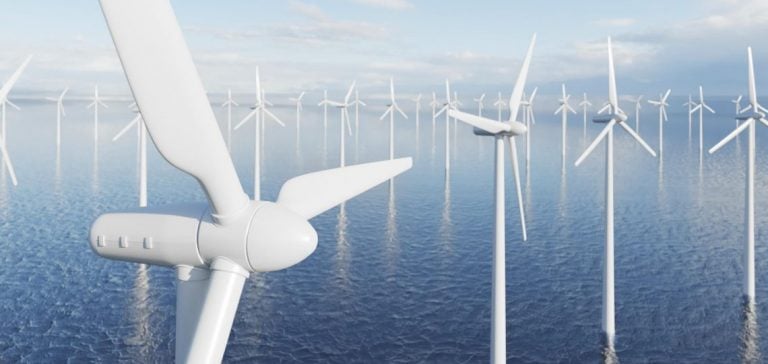Statkraft has recently submitted a planning application for the Baltic Offshore Delta North offshore wind farm, with a capacity of 2.1 gigawatts (GW), located in the Baltic Sea. This project is within Sweden’s economic zone, approximately 100 kilometers east of Stockholm and 55 kilometers east of Sandhamn Island.
Production Potential and Regional Impact
Delta North is expected to enable the greater Stockholm region to generate around 8 terawatt-hours (TWh) of electricity annually. This output would represent about 40% of the current electricity consumption in Stockholm County. The wind farm aims to meet the growing electricity demand of the transport sector and support the transition to a low-carbon industry, aligned with current climate goals. Additionally, Delta North would help address the electricity imbalance in the Stockholm region, which currently produces only about one-tenth of the electricity it consumes.
Design and Visibility of the Wind Farm
The project proposes the installation of up to 105 bottom-fixed wind turbines in a remote sea area, ensuring minimal visibility from land. Delta North will not be visible from the mainland or the inner archipelago, where the majority of Stockholm County’s population lives, and will have limited visibility from certain areas in the middle archipelago. Some visibility may occur from the outermost islands of the outer archipelago.
Compliance and Site Selection
The proposed location has been identified by Swedish authorities as suitable for offshore wind, in accordance with the proposed revision of Marine Spatial Plans. This area is considered less likely to have conflicts with other ocean users, promoting coexistence.
Technology and Connectivity
With water depths ranging from 40 to 80 meters, the area is the only viable location for large-scale bottom-fixed offshore wind near Stockholm. Depending on the final landfall and grid connection location, the wind farm may be linked to hydrogen or e-fuel technologies, ensuring grid stability by addressing fluctuations in offshore wind power production.
Statements from Statkraft
Jakob Norström, Senior Vice President and Country Manager of Statkraft in Sweden, stated: “Three aspects make the Delta North project unique. Firstly, it would substantially increase electricity production in the Stockholm region to meet the high energy demand from both consumers and industry. Secondly, the project has been developed to interfere as little as possible with Stockholm’s famous archipelago, and we are confident that the project has little to no visibility from land. Thirdly, the wind farm benefits from the more cost-effective and mature technology of bottom-fixed turbine foundations. The combination of these three elements in one project is what makes it exceptional.”
David Flood, Senior Vice President of Offshore Wind, added: “Developing our offshore wind portfolio in Sweden, where Statkraft has a strong presence, is essential to achieving our ambition to develop between 6 and 8 GW of offshore wind by 2040. The Delta application builds on our previous Beta wind farm application and is one of many initiatives aimed at positioning Sweden as a key offshore wind market in Northern Europe.”
Approval Process
Statkraft’s application to build and operate the Delta North wind farm has been submitted to the Ministry of Climate and Economic Affairs, in accordance with the laws governing Sweden’s economic zone. After submission, the government will evaluate Statkraft’s application and seek input from various agencies before making a final decision.
Statkraft’s Position in the Energy Market
Statkraft is a major producer of renewable energy and a key player in the Swedish electricity market. The company plays an important industrial role in developing offshore wind in Northern Europe and aims to develop between 6 and 8 GW of offshore wind capacity by 2040, reinforcing its position in the renewable energy sector.






















